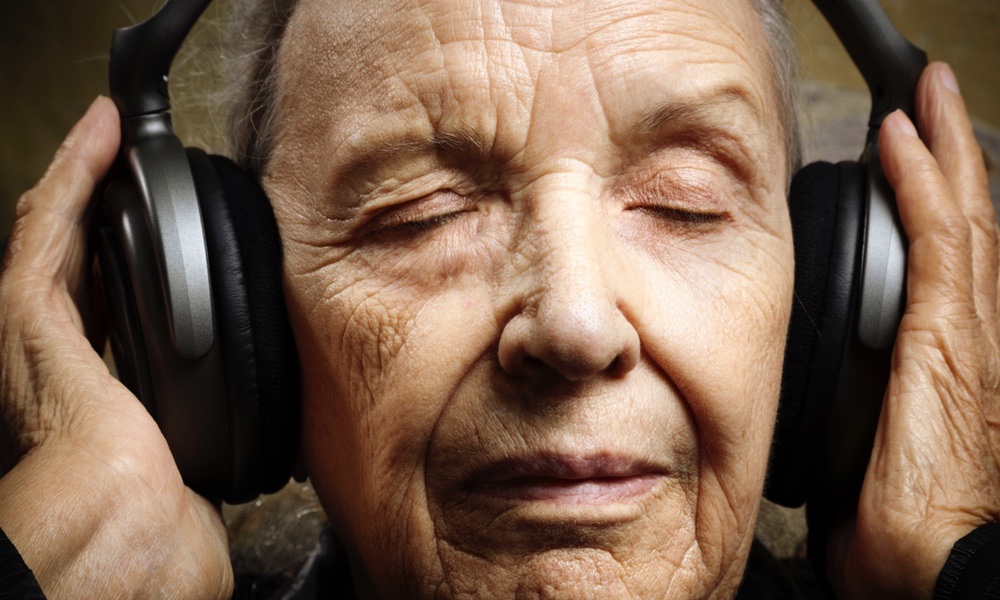More than 200,000 Americans are expected to be diagnosed with melanoma, the deadliest form of skin cancer this year, according to the Melanoma Research Foundation. Most melanomas are diagnosed when people are in their early 60s, as it was in Sarah Ferguson, the Duchess of York, though they also occur in younger adults.
Older patients are more likely to be diagnosed with metastatic melanoma, disease that has spread to other parts of the body. They also have more recurrences of disease after treatment.
One factor contributing to the higher rates of metastatic melanoma among older persons may be age-related changes in the skin that cause it to stiffen and become less elastic, a recent Johns Hopkins University study finds.
The researchers knew that aging skin releases less HAPLN1, a protein that supports the extracellular matrix in the skin, Ashani Weeraratna, the Bloomberg Distinguished Professor of Cancer Biology and the E.V. McCollum Chair of Biochemistry and Molecular Biology at the Johns Hopkins Bloomberg School of Public Health, told TheDoctor.HAPLN1 is like the knitting needles that knit together collagen and elastin in the skin to keep it supple and smooth.
This increased stiffness in skin increases the release of a protein called ICAM1. The researchers found that higher ICAM1 levels stimulate angiogenesis, or blood vessel growth, in the tumor, which helps it to grow. It also makes blood vessels “leakier”, so to speak, which allows cancer cells to metastasize, or spread, throughout the body.
The finding surprised them, explained Weeraratna, who is also associate director of laboratory research at the Sidney Kimmel Comprehensive Cancer Center at Johns Hopkins. They hadn't known that the loss of HAPLN1 supported blood vessel growth by increasing ICAM1 secretion, “The growth of blood vessels in tumors was an indirect effect of losing HAPLN1 to aging,” she said.
The finding suggests new ways to protect aging skin. As researchers identify more molecules like HAPLN1 that affect the stiffness of the skin, they hope to one day put them in a topical formula that people can apply to make skin more elastic again. “If HAPLN1 is lost as people age, there may be a potential to replace it in a cream or some other application,” Weeraratna said. “By understanding what molecules we lose as we age, we know what we need to replace.”
HAPLN1 could end up playing a role in treating other cancers and promoting wound healing in older people. It might also help treat diseases that, for example, involve changes in the vascularization in the brain. As Weeraratna explained, “Understanding how to impact the growth of blood vessels will be important for treating multiple different diseases.”
The researchers are working on several projects: the use of HAPLN1 in topical applications for the skin; the effect of UV damage and how it mimics aging; and the potential for use of HAPLN1 in wound healing and the treatment of diseases in the brain.
The study and related editorial are published in Nature Aging.





